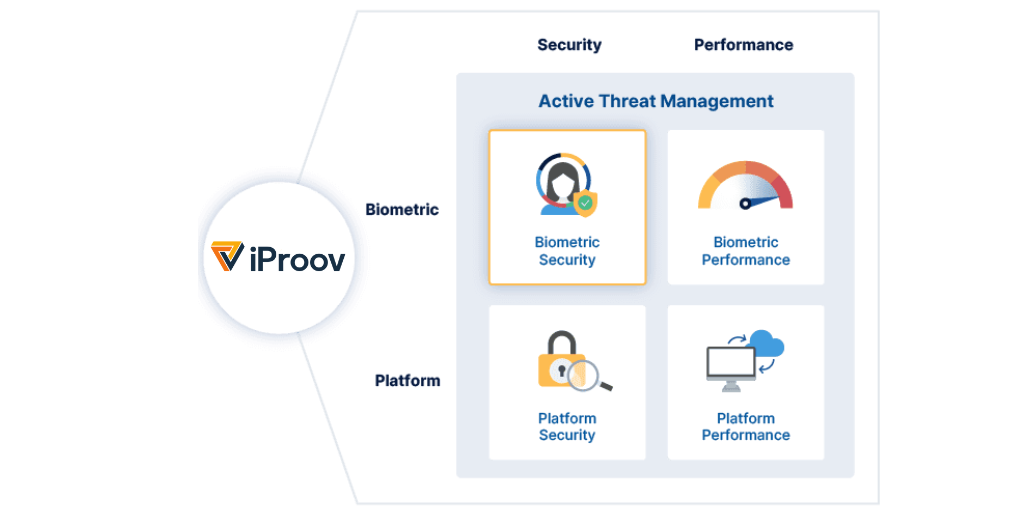September 3, 2020
iProov has launched the world’s first system of global threat intelligence for biometric assurance. The iProov Security Operations Centre (iSOC) combines technology, process, and people to monitor and manage the rapidly evolving landscape of biometric cyber-crime. It further secures iProov’s Genuine Presence Assurance technology and protects organizations and individuals against the growing threat of AI-driven cyber-attacks, including deepfakes.
Biometrics have become the technology of choice for digital user authentication, enabling individuals to securely and effortlessly unlock devices and access online services, such as bank accounts and health records. Face biometrics offer simplicity and ease for frequent user authentication, while delivering the highest levels of online security for Genuine Presence Assurance – is the user the right person, a real person, authenticating right now? This makes it ideal for all types of organizations, including those most sensitive to security, like governments, banks, and travel and health providers.
iProov’s iSOC acts as the nerve center for its cloud-based Genuine Presence Assurance solutions. Cyber-criminality continues to grow, as fraudsters attempt to take over or manipulate legitimate customer accounts for financial gain, to compromise national security, or to cause disruption and social disintegration by impersonation. The lower cost of technology and improved processing power, combined with the explosion in publicly available deepfake technology, make it easier for criminals to create these attacks at scale, inexpensively and with minimal efforts, with potentially devastating implications.
iProov’s iSOC combines advanced machine-learning technology with responsive processes to provide resilience against the emergence of ever more sophisticated attacks. iProov’s Genuine Presence Assurance technology is providing governments and enterprises in financial services, healthcare, and travel with presentation attack detection (PAD), replay attack detection (RAD), and deepfake attack detection (DAD). iSOC’s threat intelligence provides forewarning of major new attacks and enables iProov to prepare and defend against them. The world has seen how failure to prepare against threats in other sectors of cybersecurity has led to the phenomenon of sudden ransomware storms; iSOC will help prevent biometric attack storms.
iSOC has played a key role in enabling iProov to pass audit for certification against demanding security standards, such as eIDAS, conducted by stringent auditors like TÜV. These demand robust business processes for monitoring and management of attacks. Thanks to iSOC, iProov is the only provider of biometric assurance to have passed such audits.
Concern about deepfake crime and online security is growing. iProov data shows that UK and US consumers believe user authentication is more important than ever, with 81% believing that biometrics will be used more in the future to assure identity online.
- 75% would be more likely to use online services that protect against deepfakes
- 85% agree deepfakes will make it harder to trust what they see online
- 72% believe the need to authenticate identity is more important than ever before
- 81% believe biometrics will be used more in the future to assure identity online
- 88% of respondents believe online security threats are growing
Andrew Bud, Founder and CEO at iProov, said; “Providers of biometric assurance will be faced by extremely clever and well-resourced attackers. An unmonitored cybersecurity solution is a dangerous thing. Without the means to detect and remedy exploits as they emerge, a system is highly vulnerable. That includes face verification solutions.
“Our key advantage is the intelligence that we gather about attacks. iSOC is the way we gather and process that information, so it’s fundamental to securing the resilience of our solutions. This is why forward-thinking organizations choose iProov to provide biometric authentication. We deliver verifiable confidence in the future to our enterprise customers and their end users.”
